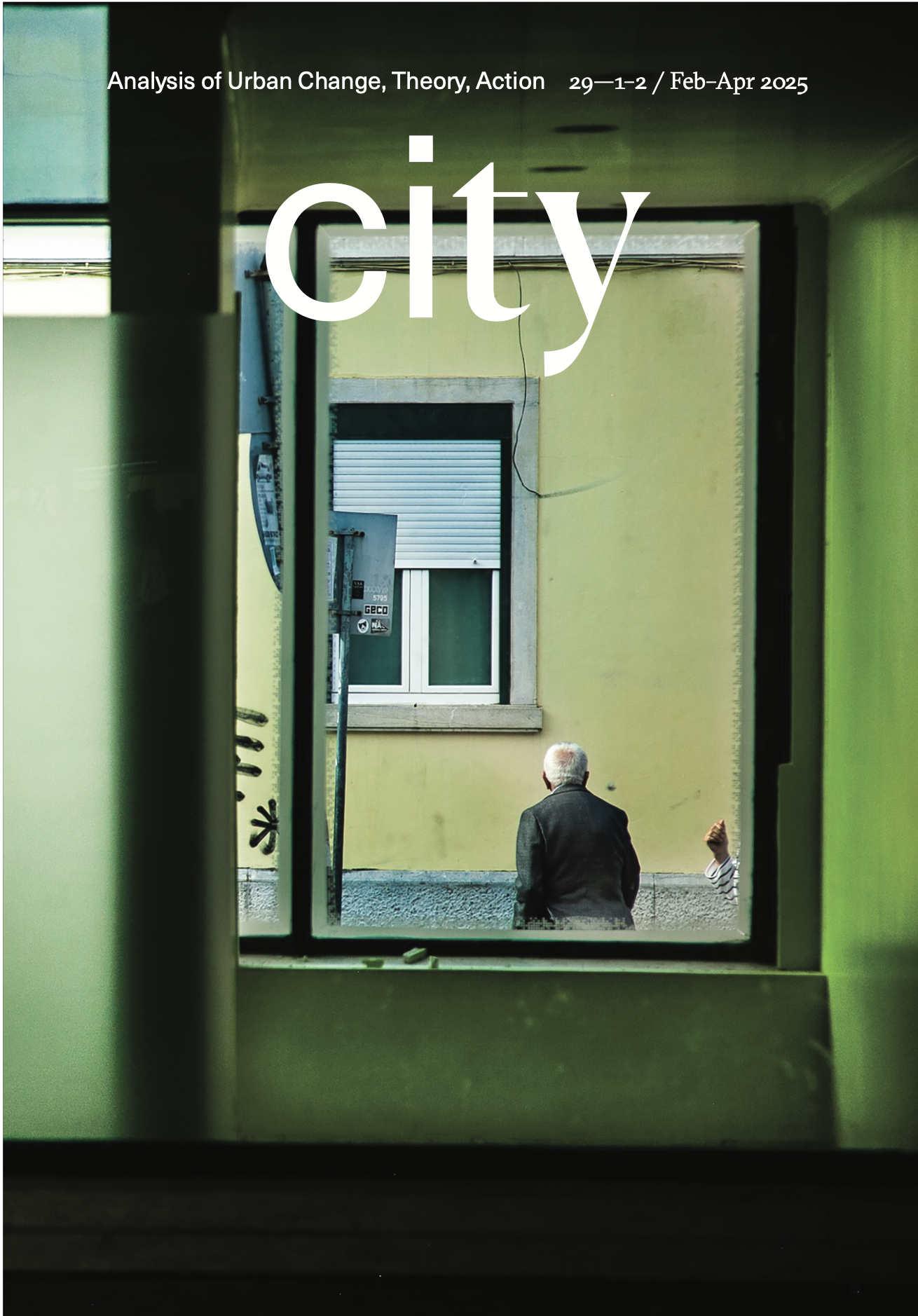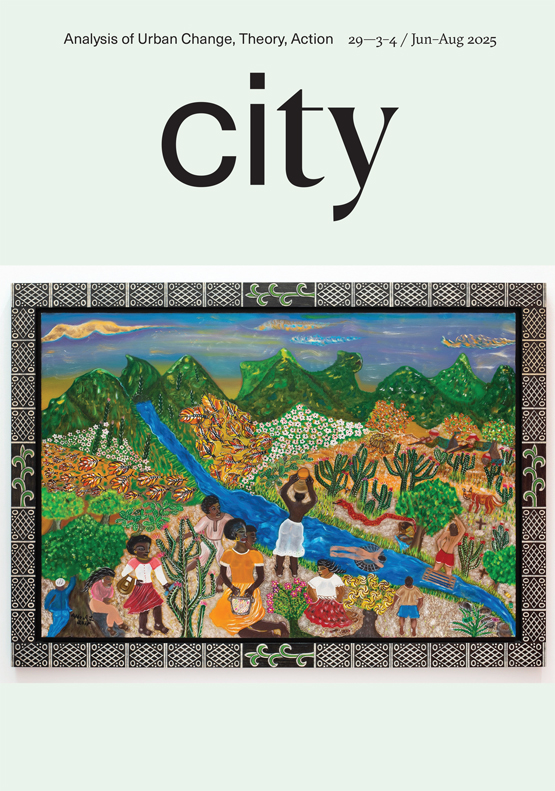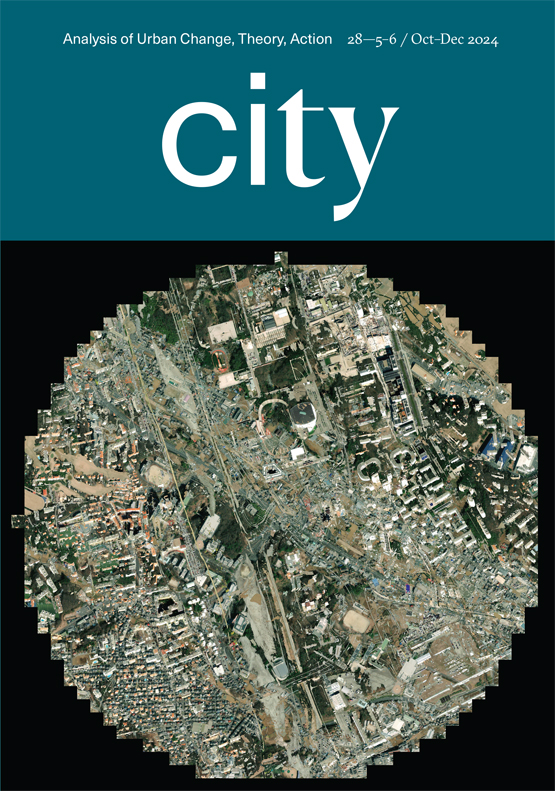city: issue 29.1-2
editor: city editors
David madden
“Reactionary authoritarianism also draws on the more repressive versions of urban politics that came before it by incorporating a distinctly revanchist spatial imaginary. It defines itself in opposition to a deeply racialized picture of cityness imagined as heterogenous, unruly and ungovernable.“
As we finish preparing this issue for publication, Donald Trump is entertaining the prospect of ethnically cleansing Gaza and turning it into a ghoulish luxury resort. Domestically, his administration is working tirelessly to incapacitate the state, terrorize significant segments of America’s diverse working class and ultimately unleash a wave of repression within American cities. In other places where they have come to power, authoritarian governments are violently cracking down on opposition movements, pushing through extreme austerity, deregulating predatory industries, demolishing stigmatized neighborhoods and brutalizing minoritized communities.
Among the very many things that should be said about the authoritarian moment is that it raises a lot of questions for critical urban scholars. It isn’t always debated as such. Contemporary authoritarianism is by and large appearing at the national level and is usually not seen as an urban phenomenon. It is regarded as the embodiment of traditional conservative anti-urbanism or said to represent the supposed revenge of the small town against the big city (Rossi Citation2018). The resurgence of authoritarianism is imagined as something that happens to cities and does not emerge from them. But this is a serious simplification.
To a significant degree, the global wave of authoritarianism is an urban phenomenon. It was presaged by many different chapters in urban history. To take just one example, in the 1970s and 1980s some American urban voters turned towards a reactionary illiberalism and austerity (see, e.g., Rieder Citation1985; Phillips-Fein Citation2017) and elected figures, like Philadelphia mayor Frank Rizzo, who laid some of the ideological groundwork for contemporary authoritarianism (Lombardo Citation2018). Today’s demagogues like Donald Trump, Recep Tayyip Erdoğan and Javier Milei are thoroughly metropolitan characters, having grown up and established their careers in the big city. And while they draw some of their support from voters excluded by the neoliberal global economy centered upon these cities, they are more intimately connected to finance, real estate capital and other economic sectors that built the unequal global-urban order in the first place.
Reactionary authoritarianism also draws on the more repressive versions of urban politics that came before it by incorporating a distinctly revanchist spatial imaginary. It defines itself in opposition to a deeply racialized picture of cityness imagined as heterogenous, unruly and ungovernable. Mobilizing a kind of greatest hits of racist and stigmatizing tropes from the past few decades, today’s reactionaries portray cities as chaotic collections of no-go zones, Black Lives Matter protesters, uncontrollable alien populations, foreign religious zealots, domestic secular cosmopolitans, and criminals coddled by supposedly left-wing municipal governments. This image of the city ties together a number of otherwise disparate ideological strands within authoritarian coalitions.
If the new authoritarianism encompasses a visceral and vicious territorial stigma, it also possesses its own twisted version of urban utopianism. Combining economist Paul Romer’s idea of charter cities with Ayn Rand’s fantasy of elite secession, various groups of cryptocurrency scammers and Silicon Valley grifters are claiming they will create new techno-utopian cities ex nihilo. California Forever, Praxis and other shadowy initiatives are buying land and raising untold millions of dollars in funding in order to build what they promise to be unregulated zones where normal citizenship is permanently suspended. This is the urbanization of crack-up capitalism (Slobodian Citation2023), an ideological illusion that represents a predatory elite’s dream of a new kind of accelerated urban space with no democracy and no consequences.
click here to read the full editorial.





